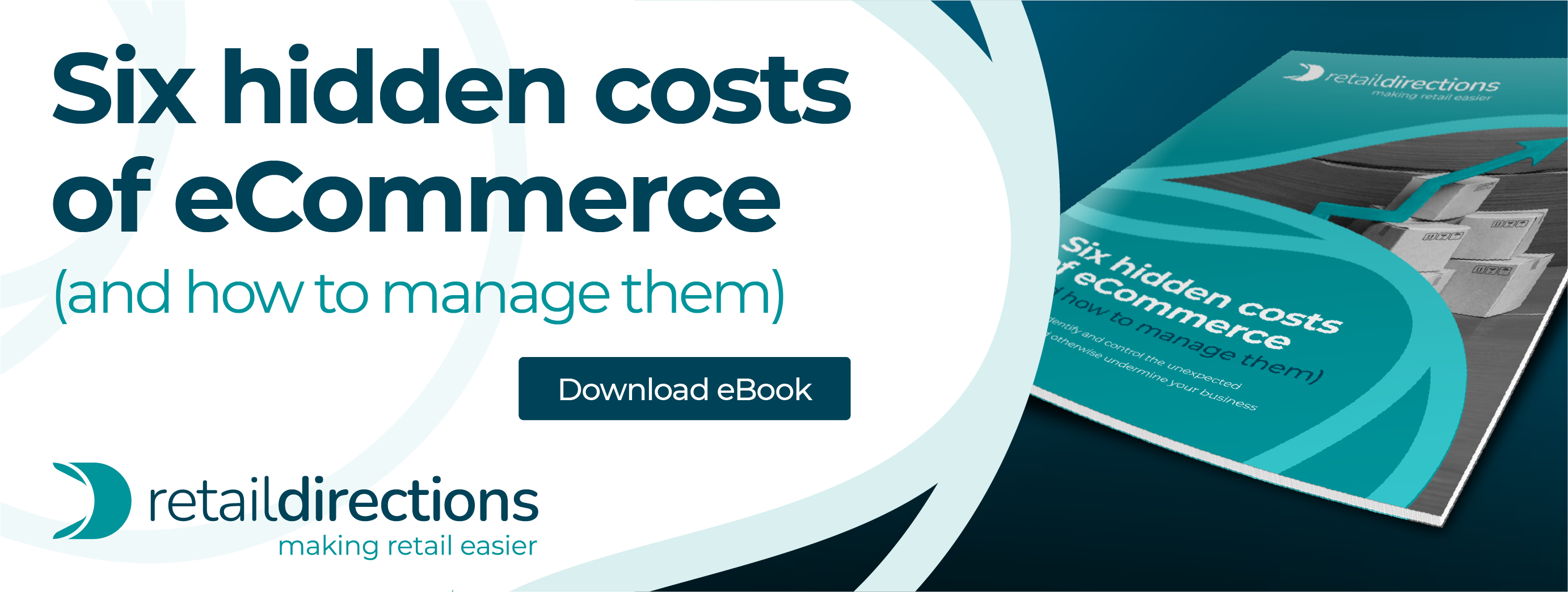Black Friday 2021 – the perfect storm?
This Black Friday event will be the second since the pandemic, and quite what it will bring – online and instore - is unknown. One thing is certain though – retailers really do need to be ready for anything.
Black Friday 2020 saw a huge move online. In England this was even greater since the country was in its second lockdown. But while online will continue to be strong in 2021 it’s unlikely to match last year’s surge with the UK’s eCommerce Association IMRG estimating that online sales growth will actually decrease by as much 10%, taking into account vaccine rollouts and the return of consumer confidence to shop instore.
Why Black Friday is coming earlier
Previously a one-day only event, the need to dilute demand has already led many retailers to extend Black Friday discounts and offers across Black Monday, Tuesday, Wednesday... In 2019 the number of UK retailers with campaigns live on the Monday before Black Friday week almost doubled, according to IMRG, and trebled in November 2020.
It’s a similar pattern in Australia where shoppers are preparing to splurge $11 billion on Christmas gifts, with 80% planning to shop before December. Last year the National Retail Association predicted a $5.3 billion spend over the Black Friday period between November 27-30, including $1.8 billion spent online.
Stock availability challenges and delivery delays mean that retailers will be doing all they can to prompt early peak spending with no guarantee that consumers will respond. Retailers will have to work hard to avoid customer fatigue by balancing genuine ‘exclusive’ and time bound offers with staggered demand if they are to avoid putting even more pressure on already stretched supply and delivery infrastructures.
The exceptional challenges of 2021
Managing stock and supply chain availability has been a challenge for much of 2021. In a recent survey by GlobalData, 40.6% of UK consumers said they were worried that supply chain issues will impact their Christmas shopping. A similar amount, 38.6%, intend to purchase during Black Friday this year. Marks & Spencer has already said that its customers are buying early for Christmas, with nearly half expecting to have finished their gift buying by the end of November.
Staffing is also a challenge. Driver shortages have been well publicised, but retailers and their carriers are also hugely reliant on seasonal staff, both instore and in distribution centres. On a wider scale, there are shortages across several sectors, from logistics to delivery drivers, to the developers and consultants that retailers need to ensure that their businesses continue to innovate and thrive online.
How to prepare
These are exceptional times. While the pandemic might have been the ultimate stress test, customers are now more demanding than ever of a slick customer experience and tolerance is low. Retailers will need to be open and honest about stock availability, rather than making false promises.
Retailers are already beginning to suspend next day delivery promises ahead of Christmas. It’s far better to be accurate about what’s in stock and when it can be delivered or picked up – exactly when the invaluable capabilities of connected retailing becomes vital. And (although we would say this) it’s never too early to consider such a strategy for 2022!
Black Friday 2021 will ultimately test the reliability of your systems and your people – the two backbones of retail. Are your systems agile and responsive enough? Do your people have the support and tools they need to meet demand? Retail has moved from just being about ‘are our tills working and can we distribute stock to store?’ to a much wider, customer-first experience-based concept that demands excellence at all levels.
Communication is king
Effective communication will also be important. Clear communication, whether around out-of-stocks or delivery delays, will do less damage than letting customers down last minute. Honest responses to any problems that do arise are also required – especially given potential brand volatility at the hands of social media.
Conversations with your IT systems suppliers will also be key this Black Friday period so you have the confidence they are available to help if needed. And afterwards – and don’t let the dust settle before you undertake post-Black Friday analysis and consider your strategy for 2022.
Identify the key people that you might need to call on. At Retail Directions, this is something we’ve done extensive planning around. Peak is incredibly important for us because if we get it wrong then we haven’t helped our clients. In fact, we’re currently delivering system upgrades for several clients, so they are ready for anything.
As Black Friday and the Christmas peak period ramps up, we hope our advice is valuable and wish you luck. And talking of well prepped suppliers - we’re here to support you at any time – even when we’re trying to grab a bargain ourselves!
For practical advice on how to identify and manage the hidden costs of eCommerce download our ebook: Six Hidden Costs of eCommerce (and How to Manage Them)







